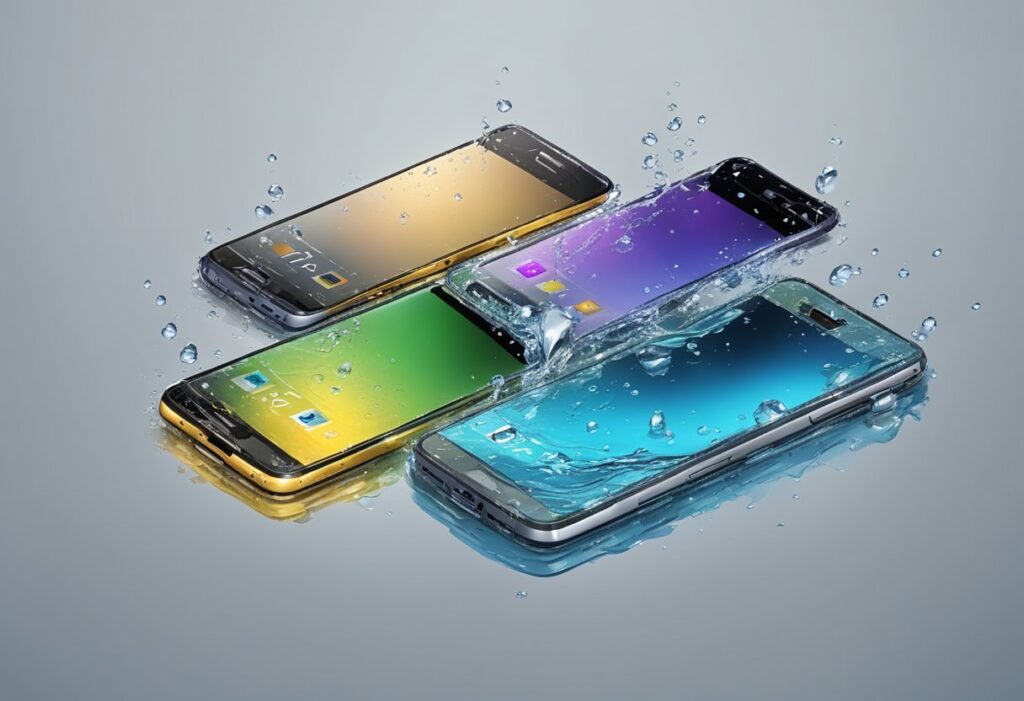Smartphones have become an integral part of modern life, with many people relying on them for communication, entertainment, and work. However, as smartphones become more advanced, they also become more fragile, and phone damage has become a common issue for smartphone owners. There are many causes of phone damage, ranging from accidental drops to exposure to water.
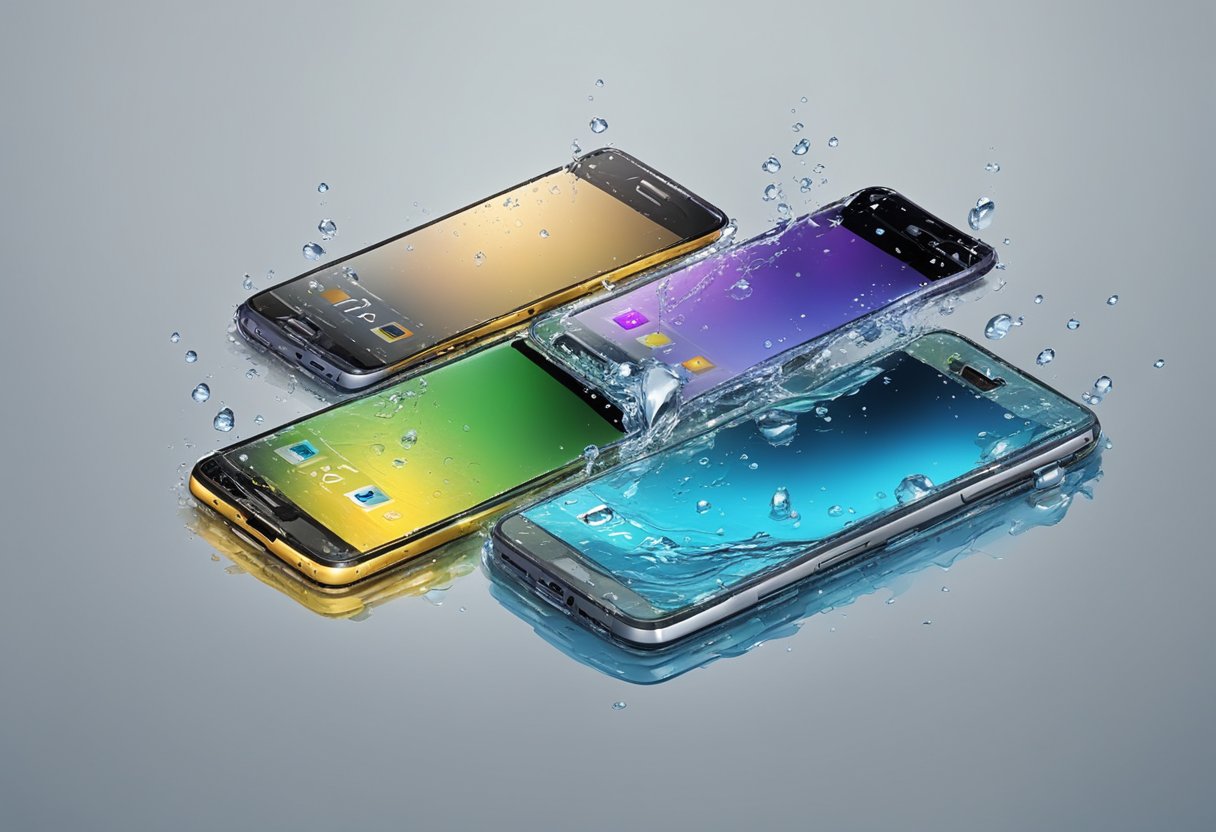
One of the most common causes of phone damage is dropping the device. Even a small drop can cause cracks or scratches on the screen or back of the phone. While some smartphones are designed to be more durable than others, all phones are vulnerable to damage from drops. It is important for consumers to be mindful of their phones and take steps to avoid dropping them, such as using a protective case or being careful when handling the device.
Another common cause of phone damage is exposure to water. While some smartphones are advertised as waterproof or water-resistant, not all phones are created equal. Even a small amount of water exposure can cause significant damage to a phone, including corrosion of internal components. Consumers should be cautious when using their phones near water, and consider investing in a waterproof case or pouch if they plan to use their phone in wet environments.
Physical Damage to Phones

Physical damage is one of the most common types of damage that phones experience. It can happen due to a variety of reasons, including dropping, scratching, bending, or intentional damage. In this section, we will discuss the most common types of physical damage that phones experience.
Dropping and Impact
Dropping a phone is one of the most common causes of phone damage. When a phone is dropped, it can result in a cracked screen, body damage, or even internal damage. Even if the phone is in a case, it may not offer complete protection. It is important to use a rugged case and a strong screen protector to protect the phone from drops and impacts.
Scratches and Screen Cracks
Scratches and screen cracks are also common types of phone damage. Scratches can occur due to regular use, while screen cracks can happen due to accidental drops. A cracked screen not only looks bad but also affects the touch sensitivity of the phone. It is important to use a screen protector to prevent scratches and a rugged case to prevent screen cracks.
Bending and Body Damage
Bending and body damage can occur due to various reasons, including sitting on the phone or accidentally stepping on it. Bending can cause internal damage to the phone, while body damage can result in scratches or dents. It is important to handle the phone with care and not put it in situations where it can be easily damaged.
In conclusion, physical damage is one of the most harmful types of damage that a phone can experience. Dropping, scratching, bending, and body damage are some of the most common types of physical damage that phones experience. It is important to take necessary precautions to prevent phone breakage and be careful while handling the phone to avoid any types of damage.
Water and Liquid Damage
https://www.youtube.com/watch?v=HEjC0Ude8CA&embed=true
Water and liquid damage is one of the most common causes of phone damage. When a phone comes into contact with water or any liquid, it can cause serious damage to the internal components of the device. The extent of the damage depends on the amount of liquid that has entered the device and the duration of exposure.
Some of the most common signs of water or liquid damage include a non-functional device, a blank screen, or a device that won’t turn on. Liquid damage can also cause corrosion and rusting of internal parts, which can lead to permanent damage.
The SIM and SD card slots, headphone jacks, charging ports, and microphone holes are the common ingress points for water to damage your phone. When water enters through these holes, it goes straight to the internal parts of the phone, and that’s where it gets to damage the vital components.
If your phone has been exposed to water or any liquid, the first thing to do is to turn it off and remove the battery if possible. This will help prevent any further damage to the device. Next, use a lint-free cloth to dry the phone as much as possible, starting from the back cover, then to the screen, and other parts. Also, wipe out any water inside the charging port, headphone jack, SIM/micro SD slot, and other holes you can reach with the cloth.
It’s important to note that putting your phone in rice or any other absorbent material is not a guaranteed fix for water damage. In fact, it can sometimes make the situation worse by allowing the moisture to spread further into the device. If your phone has suffered water damage, it’s best to take it to a professional repair service to assess the extent of the damage and determine the best course of action.
Damage from Overheating
https://www.youtube.com/watch?v=APzj6IanSKY&embed=true
One of the most common causes of phone damage is overheating. Phones can overheat due to a variety of reasons, such as exposure to direct sunlight, high ambient temperatures, or running too many apps at the same time.
When a phone overheats, it can cause severe damage to the battery, processor, and other internal components. Overheating can also cause the phone to shut down unexpectedly, which can result in data loss and other issues.
One of the most common signs of phone damage due to overheating is a severe burn. If a phone gets too hot, it can cause burns on the skin of the user. This is especially true if the phone is left in a pocket or a bag for an extended period of time.
To prevent damage from overheating, it is important to keep the phone in an environment that is between -4 and 113 degrees Fahrenheit. If the phone feels hot to the touch, it is best to turn it off and let it cool down before using it again.
Other tips to prevent overheating include:
- Avoid using the phone while it is charging
- Close apps that are not in use
- Remove the phone case to allow for better ventilation
- Avoid exposing the phone to direct sunlight or high ambient temperatures
By following these tips, users can prevent damage from overheating and prolong the life of their phone.
Manufacturing Defects
https://www.youtube.com/watch?v=vbCobKbLJls&embed=true
Manufacturing defects are one of the most common causes of phone damage. These defects can happen in almost every industry and with almost every product, including smartphones. A manufacturing defect is a flaw in the product caused during the manufacturing process that makes the product unsafe or unusable. It can be caused by a design flaw, poor quality materials, or human error during the manufacturing process.
One of the most common manufacturing defects in smartphones is a faulty battery or battery pack. A battery explosion can occur when a battery or battery pack combusts, causing property damage and injuries. Overheating is one of the primary causes of battery explosions, and it can cause severe burns if the user is holding the phone at the time of combustion. Explosions can also have other causes such as a design flaw or poor-quality materials.
Another common manufacturing defect is a faulty screen. This can be caused by a design flaw, poor-quality materials, or human error during the manufacturing process. A faulty screen can result in cracks, scratches, or other damage that can render the phone unusable.
Manufacturing defects can also cause issues with the phone’s software. Malware applications can be present on the phone, causing it to hang or freeze frequently. Deleting the cache data regularly can help fix this issue.
In conclusion, manufacturing defects are a common cause of phone damage. They can be caused by a design flaw, poor-quality materials, or human error during the manufacturing process. A faulty battery or battery pack, a faulty screen, and software issues are some of the most common manufacturing defects in smartphones. It is essential to be aware of these defects and take necessary precautions to prevent phone damage.
Damage from Negligence
https://www.youtube.com/watch?v=gN9b3sMEpfo&embed=true
Negligence is one of the most common causes of phone damage. Negligence can lead to scratches, cracks, and even permanent damage to the phone. Here are some of the most common forms of negligence that can cause phone damage.
Lack of Screen Protectors
One of the most common forms of negligence that can cause phone damage is the lack of screen protectors. Screen protectors can help prevent scratches and cracks on the phone screen. When the phone is dropped, the screen protector absorbs the impact, reducing the damage to the phone. Without a screen protector, the phone screen is more vulnerable to scratches and cracks.
Exposure to Harmful Chemicals and Dust
Exposure to harmful chemicals and dust can also cause phone damage. Phones are often exposed to chemicals and dust in the environment, which can cause the phone to malfunction. Chemicals such as cleaning agents, perfumes, and lotions can damage the phone’s internal components. Dust can clog the phone’s ports and damage the phone’s microphone and speakers.
To avoid damage from negligence, it is important to take precautions such as using screen protectors and avoiding exposure to harmful chemicals and dust. By taking these simple steps, phone users can help prevent damage and extend the life of their phones.
Damage to Specific Phone Parts
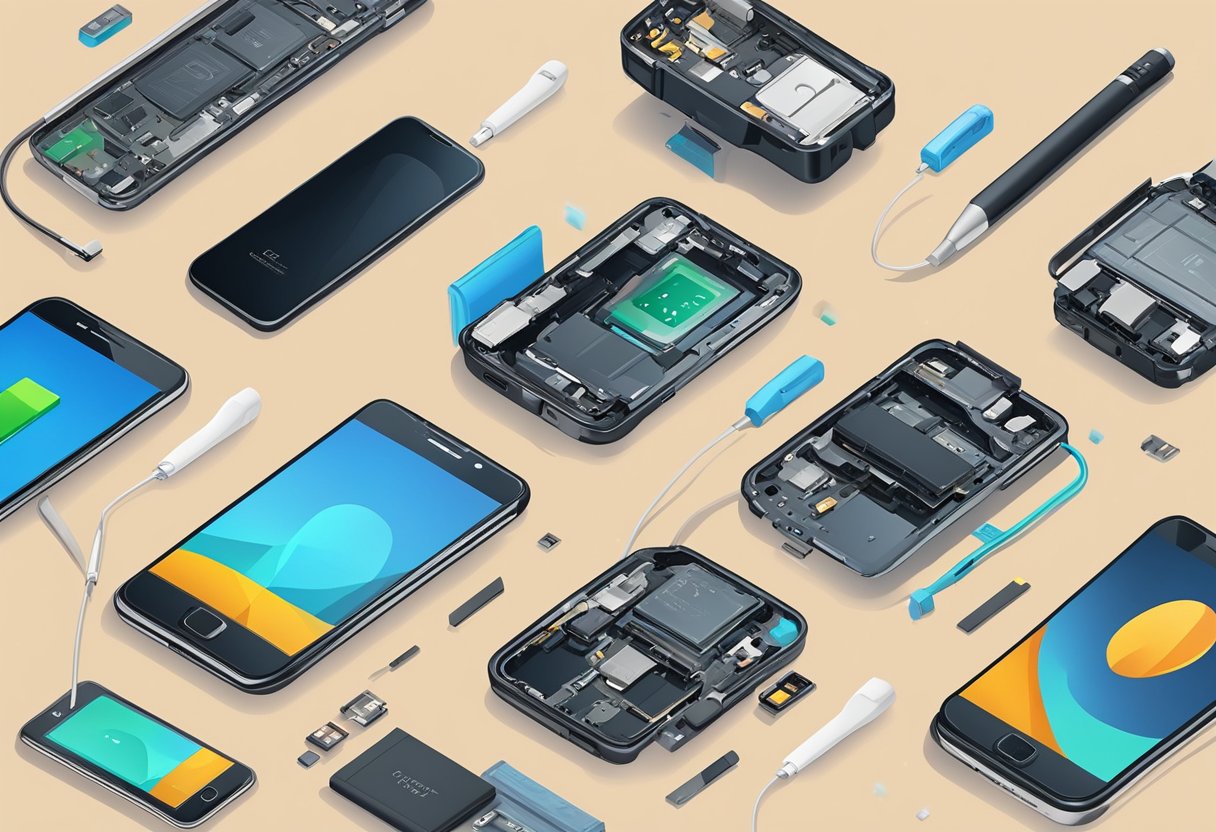
When it comes to phone damage, specific phone parts can be affected. Knowing what parts are most commonly damaged can help users take steps to prevent damage. Here are some of the most common phone parts that can be damaged:
Camera and Speaker Damage
The camera and speaker are two of the most important components of a phone. Unfortunately, they are also two of the most commonly damaged parts. Dropping the phone or exposing it to water can cause damage to the camera and speaker. In some cases, dust can also accumulate on the camera lens, resulting in blurry or distorted images.
To prevent damage to the camera and speaker, it’s important to keep the phone clean and dry. Avoid exposing the phone to water or extreme temperatures. Use a protective case to prevent damage from drops or impacts.
Battery and RF Component Damage
The battery and RF components of a phone can also be damaged. Battery damage can occur due to overcharging, exposure to extreme temperatures, or physical damage. In some cases, a damaged battery can even explode, causing serious injury.
RF component damage can occur due to exposure to electromagnetic radiation. This type of damage can affect the phone’s ability to connect to a network or receive a signal.
To prevent battery and RF component damage, it’s important to use the phone as directed by the manufacturer. Avoid overcharging the battery and use a protective case to prevent physical damage. If the battery is damaged, it should be replaced immediately to prevent the risk of explosion.
Overall, taking steps to prevent damage to specific phone parts can help users avoid costly repairs and replacements. By keeping the phone clean, dry, and protected, users can ensure that their phone stays in good condition for as long as possible.
Protection and Insurance for Phones
https://www.youtube.com/watch?v=yv0UknK1IFQ&embed=true
When it comes to protecting your phone, there are a few options available. One of the most popular options is to purchase a protection plan directly from the manufacturer or a third-party provider. These plans typically cover accidental damage, such as drops and spills, and may also include extended warranties for mechanical or electrical failures.
Another option is to purchase phone insurance. Phone insurance is typically offered by wireless carriers and covers accidental damage, theft, and loss. However, it’s important to note that phone insurance often comes with a deductible, which can range from $50 to $200 or more.
If you’re considering purchasing a protection plan or phone insurance, it’s important to read the terms and conditions carefully to understand what is covered and what is not. For example, some plans may not cover water damage, while others may only cover damage that occurs under specific circumstances.
While protection plans and phone insurance can provide peace of mind, it’s also important to exercise caution when using your phone. Avoid placing your phone in areas where it is likely to be damaged, such as on the edge of a table or near liquids. Additionally, consider investing in a protective case and screen protector to help prevent damage from accidental drops and scratches.
Overall, whether you choose to purchase a protection plan, phone insurance, or simply exercise caution when using your phone, taking steps to protect your device can help prevent costly repairs and replacements in the future.
Damage Caused by Children
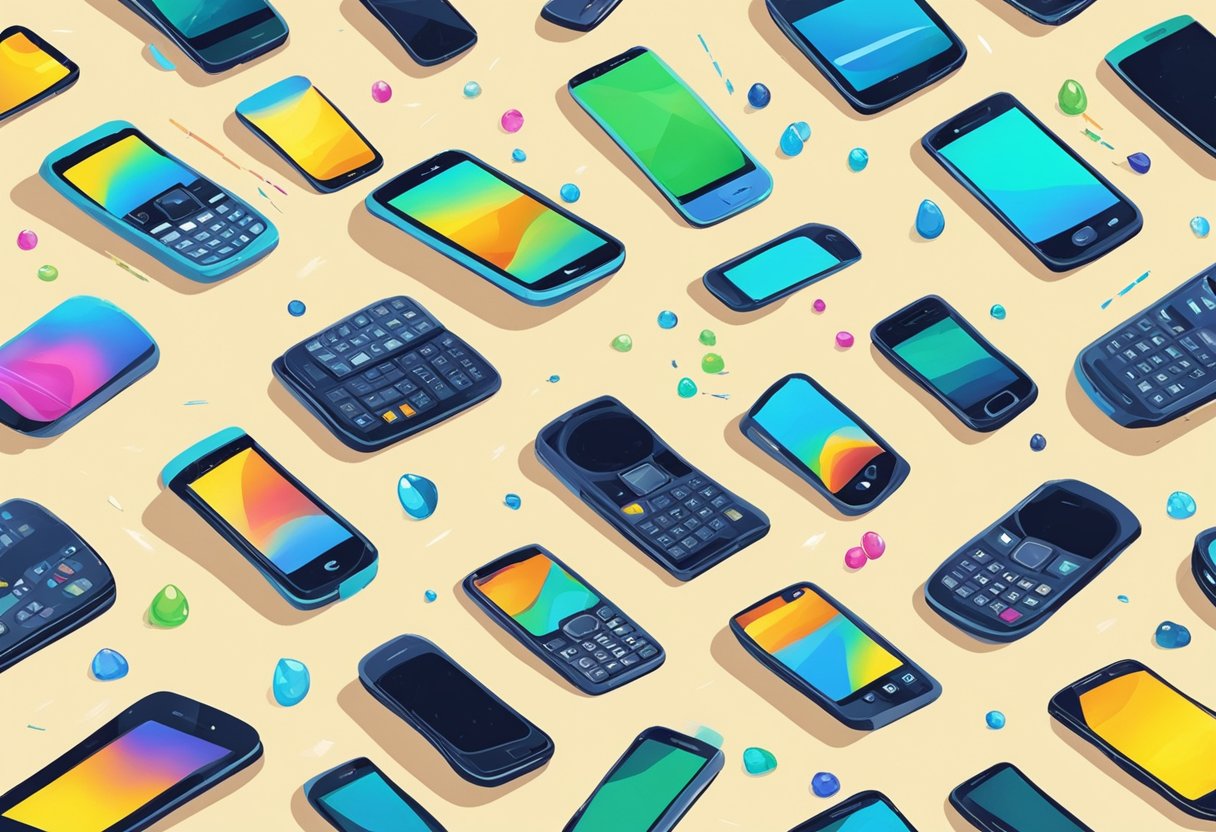
Children are notorious for accidentally damaging electronic devices, including phones. According to a survey, children age 4 and younger were responsible for 10% of all smartphone damages in the United States in 2018 [1].
One of the common ways children damage phones is by dropping them. Young children may not have the coordination or strength to hold onto a phone securely, leading to accidental drops. In addition, children may use phones in rough play, such as throwing or hitting them, which can also cause damage.
Another way children can damage phones is by spilling liquids on them. Young children may accidentally spill drinks or food on a phone, which can cause damage to the internal components. Additionally, children may not understand the importance of keeping phones away from water, leading to accidental submersion in water.
Finally, children may accidentally damage phones by inserting objects into ports or openings. For example, a child may insert a small toy or piece of food into the charging port, causing damage to the port or internal components.
Parents can take steps to prevent phone damage caused by children. For example, they can purchase durable phone cases that provide extra protection against drops and spills. Additionally, parents can teach children about the importance of handling phones carefully and avoiding rough play. Finally, parents can supervise phone use to prevent children from accidentally damaging phones.
Overall, while children can cause phone damage, parents can take steps to prevent it and ensure their phones remain in good condition.
[1] Statista. “U.S. most common smartphone damages 2018.”
Prevention Tips for Phone Damage
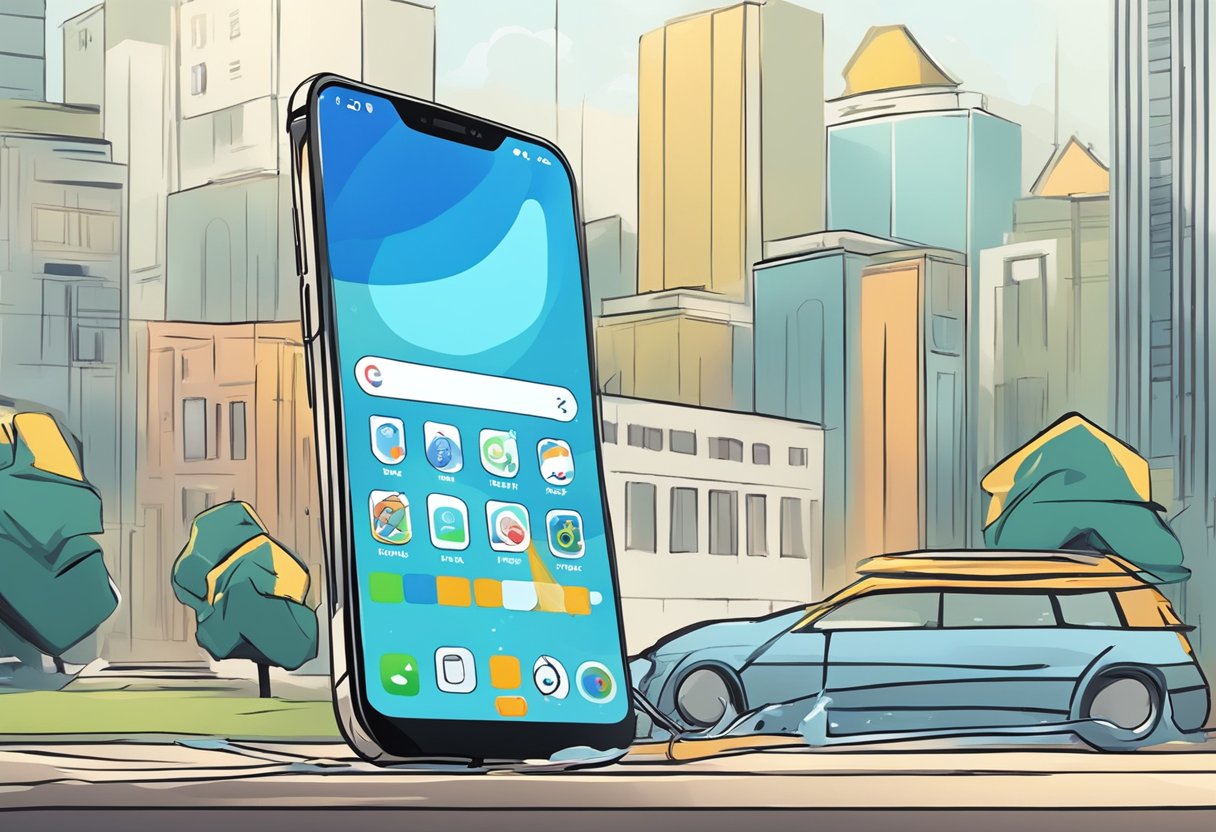
There are several steps you can take to prevent phone damage. Here are some tips to help keep your phone safe:
- Use a protective case: A protective case can help absorb the shock of a fall and prevent damage to your phone. Make sure the case you choose fits your phone properly and provides adequate protection.
- Invest in a screen protector: A screen protector can prevent scratches and cracks on your phone’s screen. There are different types of screen protectors available, so choose one that fits your phone and provides the level of protection you need.
- Avoid exposing your phone to water: Water damage is a common cause of phone damage. Avoid using your phone in the rain or near water sources such as pools, lakes, or oceans. If your phone does get wet, turn it off immediately and take it to a professional for repair.
- Be mindful of where you place your phone: Avoid placing your phone on unstable surfaces or near the edge of tables or counters. This can prevent accidental drops and damage to your phone.
- Don’t overload your phone: Avoid downloading too many apps or storing too much data on your phone. This can slow down your phone and cause it to malfunction.
By following these prevention tips, you can help keep your phone safe and avoid costly repairs or replacements.
Frequently Asked Questions
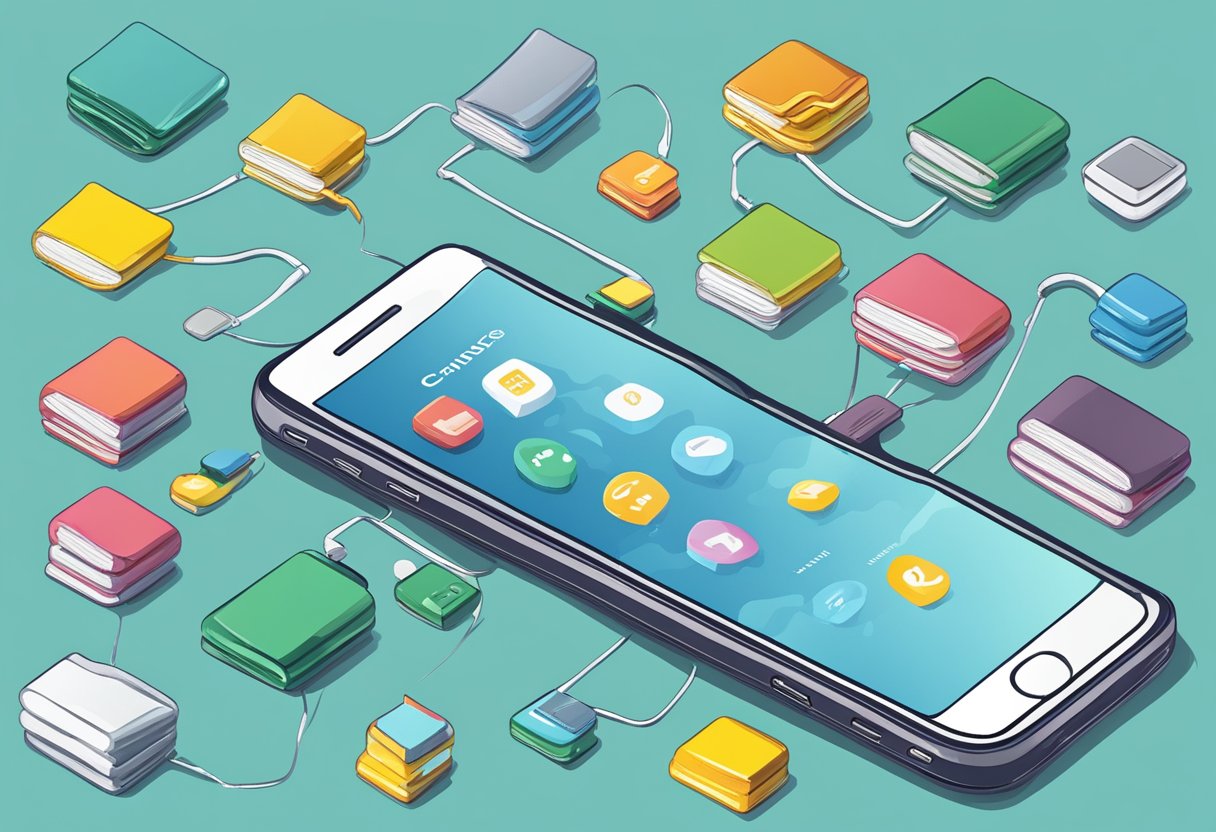
What are the most common causes of phone screen damage?
The most common cause of phone screen damage is dropping the phone. This can happen when the phone is accidentally knocked out of a person’s hand or when it falls out of a pocket or purse. Other common causes of phone screen damage are scratches and cracks caused by objects in the same pocket or purse as the phone.
How can I check if my phone screen is damaged?
There are several ways to check if your phone screen is damaged. The first and most obvious way is to look at the screen and see if there are any visible cracks or scratches. Another way to check is to run your finger over the screen and feel for any bumps or rough spots. You can also check for dead pixels, which are small black or white dots on the screen that do not change when you touch them.
What are some shocking cell phone statistics?
According to recent statistics, the average American checks their phone 96 times a day. Additionally, 50% of people admit to dropping their phone in the toilet, and 25% of people have cracked their phone screen at least once.
How do most phones get broken?
Most phones get broken due to accidental drops. This can happen when a person is walking or running with their phone in their hand, or when they accidentally knock their phone off a table or counter. Other common causes of phone damage include water damage, scratches, and internal damage caused by overcharging or overheating.
What causes internal damage to phones?
Internal damage to phones can be caused by a variety of factors, including overheating, overcharging, and exposure to moisture. Overheating can cause the battery to expand and damage other internal components, while overcharging can cause the battery to overheat and potentially explode. Exposure to moisture can cause corrosion and damage to internal components.
How many phone screens break each year?
According to recent statistics, over 50 million phone screens are broken each year in the United States alone. This is due to a variety of factors, including accidental drops, scratches, and exposure to moisture.

